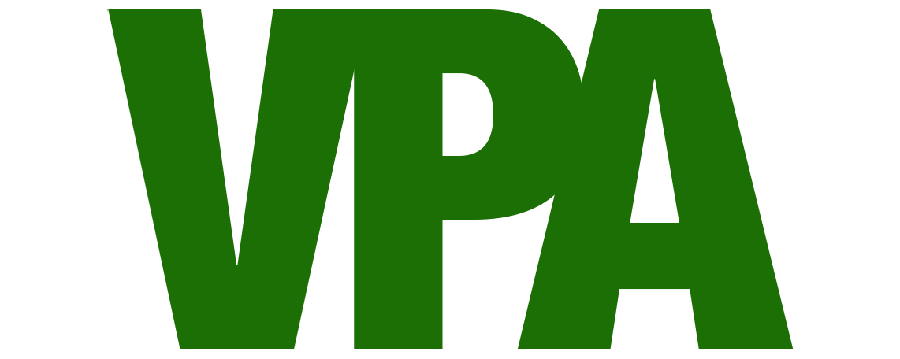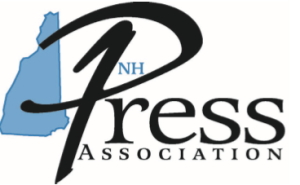
East Inlet Road, however, will temporarily close north of the 6-mile marker during the week of August 25 or the first week of September to replace one final bridge.
Like so many others, Linda and I have traversed most of the roads now back open as we fished, hiked and canoed the area over the last 55 years of our marriage. To say Pittsburg, it lakes, ponds, streams and forests are special is an understatement
You may remember the severe rain events in July of last year caused extensive damage throughout the 25,000 acre CLNA. Three bridges, along with approximately 41 other stream crossings, needed to be replaced on the CLNA after this storm. NH Fish and Game staff worked with FEMA, contractors, and other state agencies over the past year to secure funding, purchase materials, and begin making the necessary repairs.
Fish and Game said restorations are expected to be completed on Beaman North Road, East Inlet Road, B. Covil Spur Road, Third Lake Extension, and Perry Stream Road this summer. Next summer, repairs are expected to be completed on Ingersoll Brook Road and Scott Bog Spur Road.
Nearly all stream crossing replacements involve upsizing culverts or installing larger bridges with more clearance underneath to allow for the passage of a greater volume of water, which will reduce the chances of these crossings washing out again in the future.
Those hundred year floods now come every couple of years and rebuilding better is the only answer.
I hope that Linda and I will be able to head to Pittsburg soon to check out some of the repairs and cast a line in Boundary Pond.
Vermont Has Strict Rules On Importation Of Game To Protect Against CWD
Hunters traveling outside Vermont to hunt moose, deer, or elk need to follow a regulation designed to protect Vermont's deer and moose from chronic wasting disease, according to the Vermont Fish and Wildlife Department.
Chronic wasting disease (CWD) is a fatal disease that affects the brain and nervous system of deer, elk and moose. Abnormal prion proteins produce lesions in the brain that cause disorientation and emaciation in conjunction with other abnormal behaviors.
The potential exists for CWD prion proteins to be introduced to the environment through the body parts of CWD-positive deer, elk or moose and then persist in the environment for extended periods of time.
Nick Fortin, Vermont’s deer and moose biologist, said, “Hunters bringing deer, elk or moose from any of the CWD-listed states or provinces into Vermont must have them processed according to Vermont’s regulations before doing so. This includes successful hunters returning to Vermont from nearby areas, including New York and Quebec.”
Hunters may bring the meat and other parts such as antlers and hides home provided the rules involving packaging and processing are followed. To learn more go to https://www.vtfishandwildlife.com/.
A fine of up to $1,000 and loss of hunting and fishing licenses for one year are applicable for each animal imported illegally.
Vermont Fish and Wildlife is also reminding hunters that using any type of natural deer urine-based or deer body fluid attractant scents is prohibited in the state because of the CWD threat.
Bits and Pieces
The next meeting of the New Hampshire Fish and Game Commission is scheduled for Tuesday, August 19. Commission meetings take place on the third Tuesday of each month unless scheduled otherwise.
The August meeting will be at the NH Fish and Game Department, 11 Hazen Drive in Concord, commencing at 1 p.m. Meetings of the NH Fish and Game Commission are open to the public. As they become available, meeting agendas, minutes, and recordings are posted at www.wildlife.nh.gov/about-new-hampshire-fish-and-game/nhfg-commission.
***
The NH Fish and Game Department has 124 WMAs across the state, encompassing over 62,000 acres. The purpose of these lands is to conserve and improve habitat for wildlife. These lands, such as those In Pittsburg mentioned earlier, are also open for public recreation, including hunting, fishing, trapping, and wildlife watching.
Federal grant money for investment in wildlife habitat was provided through the U.S. Fish and Wildlife Service’s Wildlife and Sportfish Restoration Program with funding derived from manufacturer taxes on firearms, ammunition, and archery equipment. These funds are collected and distributed under the Wildlife Restoration Program and have provided tens of millions of dollars for wildlife conservation in New Hampshire since the program began in the 1930s.
For the last 25 years, the $2.50 wildlife habitat fee associated with each hunting and trapping license sold in the Granite State has added matching funds for federal dollars, furthering the work of the New Hampshire Fish and Game Department’s Wildlife Habitat Program.
To learn about Wildlife Management Areas in New Hampshire, visit https://nhfg.maps.arcgis.com/apps/View/index.html?appid=9c6fd9ba477d40ed9bcf49a6a2e7dfc4.
***
Mark Breen reports in the Fairbanks Museum's Skywatch Almanac that on
August 16, 2007: “Severe thunderstorms struck the Champlain Valley with winds of 91 mph in Plattsburg, NY, east to central VT, and northern Rutland County, with considerable tree damage.”
August 16 is Bennington Battle Day; “In 1777, heavy rains delayed British re-enforcements, securing a critical victory for American troops.”
Have a story?
Let's hear it!
(802) 757-2773
(603) 787-2444
news@thebridgeweekly.com




